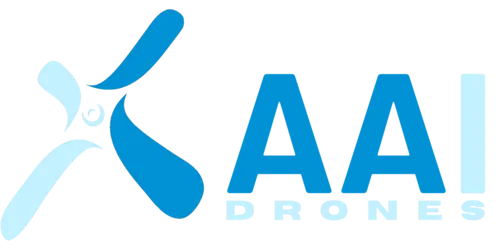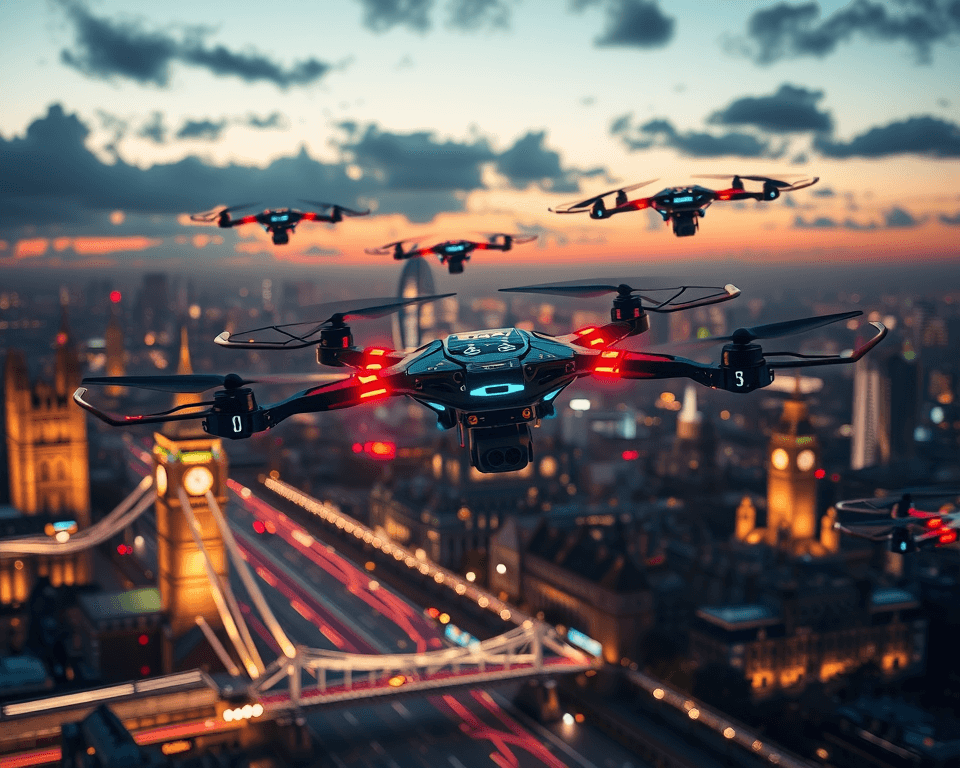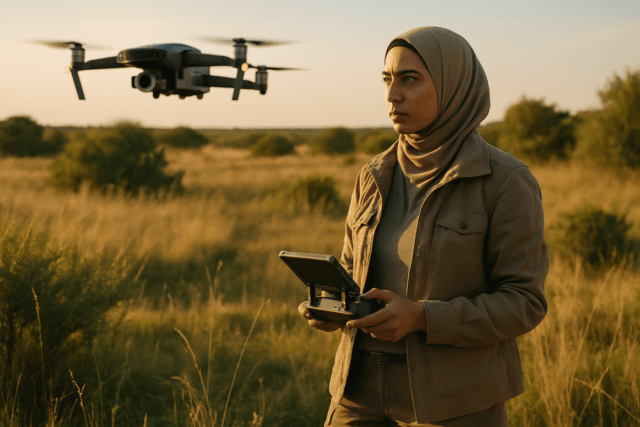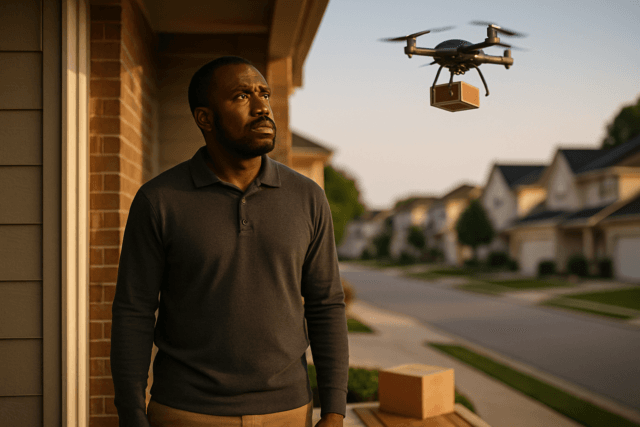Drones have evolved from military applications to mainstream tools, reshaping industries and recreational activities alike. With increasing accessibility and sophistication, understanding the different types of drones is essential. Here’s a breakdown of the primary drone types, their features, and applications in the UK.
What are Drones?
Drones, also known as Unmanned Aerial Vehicles (UAVs), are aircraft without a human pilot on board. They are remotely controlled or fly autonomously through software-controlled flight plans in their systems. Drones consist of a frame, rotors, motors, a power source, and sensors or cameras. The specific features and intended use determine the type of drone.
Drone Classifications in the UK
The UK drone laws are evolving, with new regulations and classifications coming into effect. As of January 1, 2026, all new drones in the UK will be required to meet specific product standards and will be classified from C0 to C4 based on their weight and capabilities. These classifications will determine where and how you can fly your drone.
Current UK Drone Regulations
Until January 2026, if your drone doesn’t have a class marking, you can fly it under the following categories:
- Drones under 250g: Authorized to be flown in subcategory A1 (as well as A2 and A3).
- Drones less than 2kg: Authorized to be flown in subcategories A2 and A3, but you must maintain a 50-meter distance from people and pass the A2 theory exam (A2 Certificate of Competency or ‘A2 CofC’).
- Drones of MOTM (Maximum Take Off Mass) of 2kg or greater: Only authorized to be flown in the A3 subcategory.
Drone Classifications After 2026
From January 1, 2026, the UK will implement drone classifications from C0 to C4, depending on their Maximum Take-Off Mass (MTOM) and capabilities. During a transitional period until December 31st, 2026, existing drone products compliant with the CAA Class C0 to C4 standards can be sold and used in the Open category. These are known as ‘legacy’ aircraft.
- Class C0: Small drones, including toy drones, under 250g maximum take-off mass, with a maximum speed of 19 m/s (approx. 42.5 mph). They cannot be flown more than 120m (400ft) from the pilot.
- Class C1: Drones that can fly closer to people.
- Class C2: As C2 drones are still under development by manufacturers there is a transitional period until December 31st 2026. Drone Pilots who fly a non CE marked drone will be able to operate in the A2 subcategory under the transitional provisions.
- Class C4: Drones under 25kg maximum take-off mass without any automation, other than basic flight stabilization.
Open Category Subcategories
The Open Category is divided into three subcategories, each with specific criteria for drone operation:
- A1: Fly Over People: Flights can only be conducted with drones with a MTOM of less than 250g. Flight overhead people (but not open-air assemblies) is allowed.
- A2: Fly Close to People: Operations can only be conducted with a C2 Class drone or a ‘legacy’ drone with a MTOM under 2kg.
- A3: Fly Far From People: This category covers general unmanned aircraft operations, including model aircraft with a MTOM up to 25kg.
Types of Drones
Drones come in various forms, each designed for specific purposes. Here’s an overview of the most common types:
Multi-Rotor Drones
- Overview: Multi-rotor drones, especially quadcopters, are the most widely used type due to their ease of use, compact design, and public acceptance.
- Features: These drones have multiple rotors, providing stability and maneuverability. They are typically electric and offer impressive sensor packages.
- Applications:
- Aerial Photography and Videography: Capturing images and videos from unique perspectives, commonly used in real estate and media.
- Inspection and Survey: Assessing infrastructure, construction sites, and environmental conditions.
- Delivery Services: Experimenting with last-mile delivery, particularly in urban and rural areas.
- Flight Time: Electric multirotors can achieve flight times of 40–45 minutes, with larger aircraft getting closer to one-hour flights with a payload.
Fixed-Wing Drones
- Overview: Fixed-wing drones resemble traditional airplanes and are designed for longer distances and extended flight times.
- Features: They have a rigid wing structure, allowing for efficient flight over large areas.
- Applications:
- Mapping and Surveying: Covering extensive areas for detailed mapping.
- Long-Range Monitoring: Monitoring points of interest over long periods.
- Agriculture: Analyzing crop health and soil conditions.
- Flight Time: Average flight times are around a couple of hours, but some can stay aloft for 16 hours or more using gas engines.
Single Rotor Drones
- Overview: Single rotor drones resemble helicopters and are less common than multi-rotor or fixed-wing drones.
- Features: They use a single main rotor and a tail rotor for stability.
- Applications:
- Surveillance: Monitoring large areas, often used by law enforcement and security.
- Heavy Lifting: Carrying heavier payloads compared to multi-rotor drones.
Hybrid VTOL Drones
- Overview: Hybrid Vertical Take-Off and Landing (VTOL) drones combine the features of multi-rotor and fixed-wing drones.
- Features: They can take off and land vertically like multi-rotors but fly horizontally with wings like fixed-wing drones, offering versatility and efficiency.
- Applications:
- Search and Rescue: Quickly deploying and covering large areas.
- Infrastructure Inspection: Inspecting power lines, pipelines, and bridges.
- Delivery Services: Efficiently delivering goods over varying distances.
Military Drones (UCAVs)
- Overview: Unmanned Combat Aerial Vehicles (UCAVs) are used for military operations, including reconnaissance and targeted attacks.
- Features: Equipped with missiles, anti-tank guided missiles (ATGMs), and bombs. They are typically operated under real-time human control with varying levels of autonomy.
- Applications:
- Intelligence, Surveillance, and Reconnaissance (ISR): Gathering intelligence and monitoring enemy activities.
- Target Acquisition: Identifying and locating targets for artillery and rocket strikes.
- Combat Operations: Engaging targets in military conflicts.
- Examples in the UK:
- Protector: New drones being flown by the RAF, designed for intelligence gathering and precision strikes.
- Watchkeeper: Operated by the British Army for artillery targeting.
- Stalker VXE30: Fixed-wing, vertical take-off and landing drones used for military intelligence.
Commercial Drones
Overview: Commercial drones are designed for professional applications and are equipped with advanced technology to perform specific tasks.
Features: High-resolution cameras, thermal sensors, GPS, and automated flight capabilities.
Applications:
*Agriculture: Monitoring crop health, analyzing soil conditions, and spraying crops.
*Construction: Site surveys, 3D mapping, and progress monitoring.
*Real Estate: Aerial photography and videography for property marketing.
*Inspection: Infrastructure inspection of bridges, power lines, and pipelines.Recreational Drones
Overview: Recreational drones are designed for personal use and are typically smaller, lighter, and more affordable than commercial or industrial drones.
Features: Basic cameras and easy-to-use flight controls.
Applications:
*Aerial Photography and Videography: Capturing recreational footage and images.
*Fun and Leisure: Enjoying recreational flying and practicing aerial maneuvers.
*Drone Racing: Participating in competitive drone racing events.
UK Drone Regulations and Safety Measures
Operating drones in the UK requires adherence to specific regulations set by the Civil Aviation Authority (CAA) to ensure safety and protect privacy.
Key Regulations
- Registration: You must register with the CAA if your drone weighs between 250 grams and 20 kilograms.
- Flyer and Operator IDs: You need a flyer ID (proof of passing a theory test) and an operator ID (displayed on the drone).
- Visual Line of Sight (VLOS): Always keep the drone within your direct sight.
- Maximum Height: Do not fly above 120 meters (400 feet) above the surface.
- No-Fly Zones: Avoid flying near airports, airfields, and protected aerodromes (runway protection zone). A distance of 5 kilometers (3 miles) of the boundary of a protected aerodrome, you must first check that you have permission to do so from air traffic control.
- Congested Areas: Do not fly within 150 meters (492 feet) of any congested area or organized open-air assembly of more than 1,000 persons; or within 50 meters (164 feet) of any person, property, vessel, vehicle, or structure which is not under the control of the person in charge of the aircraft; following additional codes not to overfly 122 meters (400 feet) above the surface.
- Privacy Laws: Ensure any images or videos you capture do not violate privacy laws.
- Drone Code: Adhere to the DRONE CODE for safe and legal flying.
Safety Measures
- Pre-Flight Checklist: Ensure your drone is in proper condition before flying.
- Avoid Congested Areas: Maintain a distance of at least 50 meters from people, vehicles, and buildings not under your control.
The Future of Drones in the UK
The future of drone use in the UK is promising, with potential advancements in urban air mobility, delivery services, and public services. The UK government is investing in drone technology and streamlining regulations to support commercialization and innovation.
As drone technology advances, we are likely to see even more sectors adopting drones for a wide range of applications with careful management and innovation to maximize the benefits while minimizing the risks.
Innovations on the Horizon
- Urban Air Mobility: Drones could be used to transport goods and people within cities, reducing traffic congestion and providing faster transport options.
- Drone Delivery Systems: Companies like Amazon are experimenting with drone delivery, which could revolutionize last-mile delivery, especially in rural areas.
- Public Services: Drones are being integrated into police, fire services, and search and rescue operations to locate missing persons, survey disaster zones, and assess fire damage.
- Beyond Visual Line of Sight (BVLOS): The CAA is focused on establishing routine BVLOS operations by 2027, enabling faster and more efficient flight networks to reach remote areas.
Government Support
The UK government is investing over £20 million to advance aviation technology, supporting drone operations for emergency services and eco-friendly flying taxi services. This funding will unlock barriers to growth and maximize opportunities for better public services while cutting carbon emissions.
Understanding the different types of drones and adhering to UK regulations are crucial for both hobbyists and professionals. As drone technology continues to evolve, staying informed and responsible will ensure the safe and beneficial integration of drones into various aspects of life in the UK.





